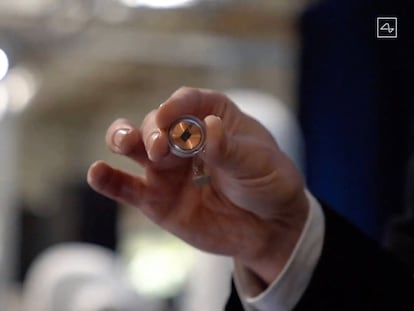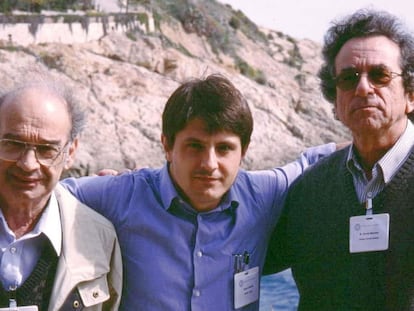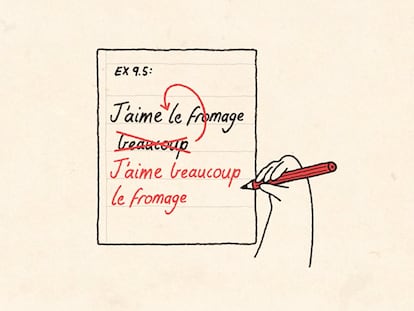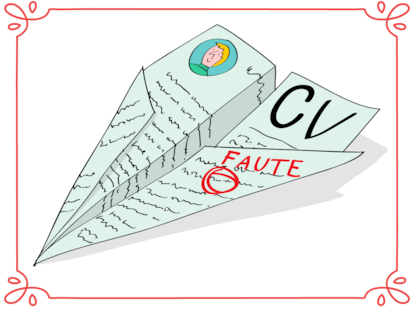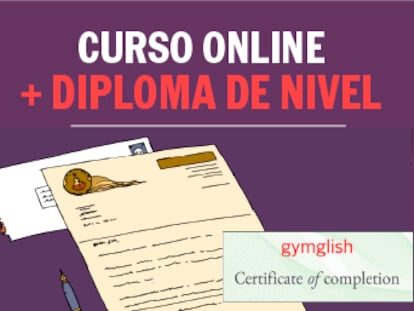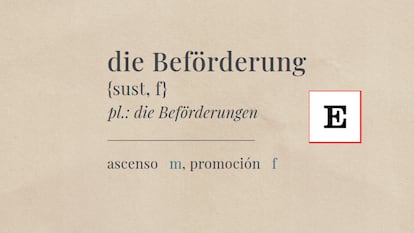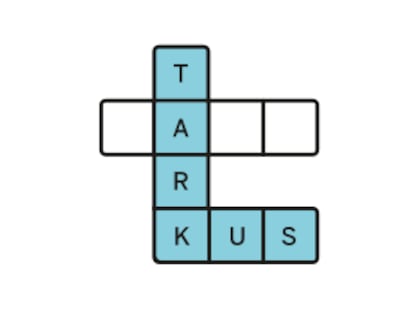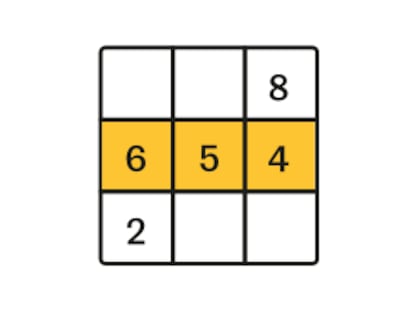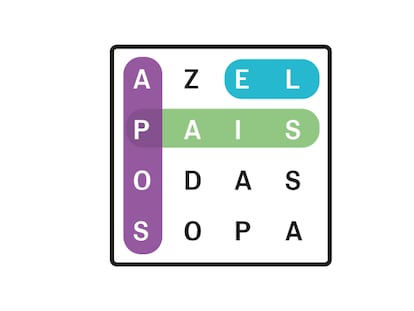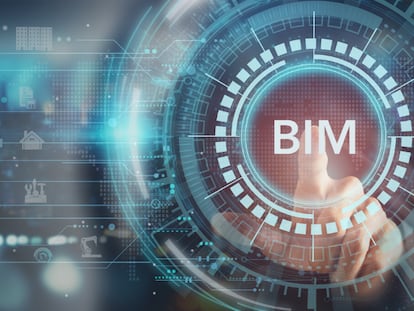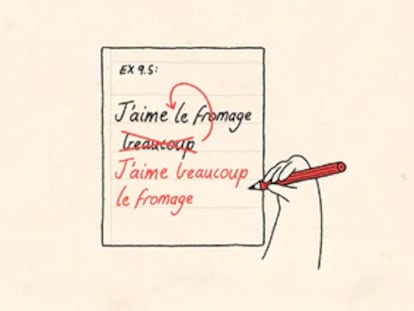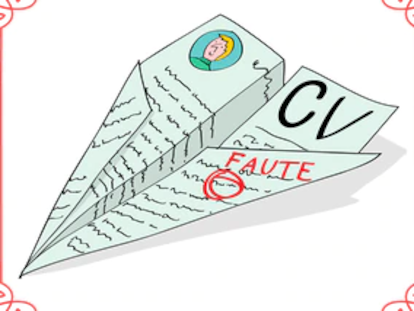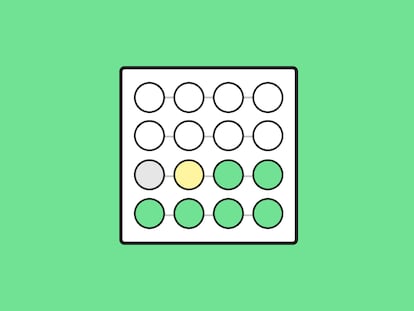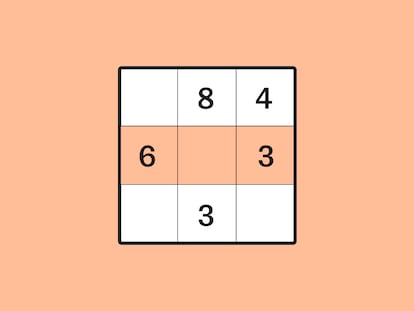Telepathic children: The pseudoscientific podcast with global reach
‘The Telepathy Tapes’ has been one of the most listened-to podcasts in the US and UK for months. It studies the existence of telepathy in young people with nonverbal autism, but several specialists warn of the dearth of scientific evidence and the potential to create harmful myths for families living with this disorder

The phenomenon of telepathy has been widely studied over the last century, but is currently reaching levels of unprecedented popularity. The Telepathy Tapes, a podcast created by documentary filmmaker Ky Dickens, argues that some nonverbal autistic children can read minds. It has been on the list of the most listened-to podcasts in the U.S. and the UK for months. Though its scientific rigor is questionable, the podcast has revived the myth linking autism to extraordinary abilities and indicates that the supernatural has not lost any of its power to reel us in.
The second season premiered in February. In the first season, Dickens tells the story of several American families who claim that their children are able to read other people’s minds, especially that of their own parents. The podcast combines personal accounts, pseudoscientific claims, and recordings of home experiments to support the premise that these young people communicate through a channel or dimension as yet unknown to the rest of us. In each installment, Dickens conducts and observes telepathy tests. They are usually simple: the mother looks at a number or reads a word, and the child has to try to guess it. The percentage of correct guesses is reportedly very high.
As the series progresses, these astonishing feats multiply. Beyond the realm of mindreading, it is suggested that some of these children possess clairvoyant abilities, communicate with the deceased, interact with each other while dreaming, and meet in a sort of telepathic chat room called The Hill. According to these accounts, some young people’s minds are more powerful than others. All these phenomena are presented in a serious tone. Although Dickens admits that the results discussed do not meet the standards of traditional “scientific evidence,” she also reproaches “closed-minded” scientists for not questioning current “materialistic” paradigms.

The results of these experiments are presented to the listener as irrefutable proof of telepathy. The podcast goes so far as to claim that all nonverbal autistic children can read minds, but the program fails to question the phenomena recounted. The entire narrative is built on the convictions of Dickens and her team, backed up by the insights of Dr. Diane Hennacy Powell, who has been researching telepathy in nonverbal autistic children for decades. The series even mentions the diminishing skepticism of one team member. From the get-go, the intention is not to question the existence of telepathy, but to assume it as a fact and explore how it operates.
Launched in December 2024, the podcast was an almost immediate success. In January, it became the most listened-to podcast in the U.S. Although the platforms do not disclose exact figures, it is estimated that millions of people have listened to its surprising revelations. The phenomenon was such that, at the end of that same month, United Talent Agency announced that it will represent Dickens and her podcast globally. Possible adaptations to other formats, such as a feature film, are already being considered. Even Joe Rogan — probably the world’s top-rated podcaster — invited Dickens on his show, where they had a two-and-a-half hour chat. Rogan called her work “really fascinating” and said he believes “some of the telepathy is real.”
An exploded myth
But the series has been accused of exploiting children with non-verbal autism and of generating false hopes in their families. Sara Linuesa, psychologist at the Autism Federation Madrid, warns that the documentary reinforces a certain cliché that autistic people have extraordinary abilities. As she explains, this condition is characterized above all by differences in communication, social interaction, and flexibility of thought. But “other associated conditions may be present,” she points out. “For example, autism can coexist with intellectual disability, with high abilities or with average cognitive development. Claiming that all autistic people have fantastic skills lacks a scientific basis and has already been widely refuted,” she says.

So what’s behind the surprising level of correct guesses on the tests presented in the podcast? To the listener, it is unlikely that all the families interviewed in the podcast are deliberately lying. Linuesa also points out that children with nonverbal autism may have difficulty lying because they have difficulty interpreting ambiguous social situations or recognizing when it is appropriate to modify the truth. But she adds: “Rather than a conscious deception, it could be a dynamic based on full trust towards the person who supports them, in this case, their parents.”
Even that does not imply that parents are deliberately cheating. Another hypothesis suggests that, involuntarily, parents and children communicate through subtle signals that could be either visual, auditory, or physical, taking advantage of the deep emotional connection between them. With 17 years of experience working with autistic children, María Ángeles Carrera adds that this very special relationship is better understood when one knows the difficult process that families go through when they receive the autism diagnosis, and the hope that their children are “special” gives them. “There are parents who assimilate the diagnosis within a week, but others never come to terms with it,” she says.
The science of telepathy
No recognized scientific institution supports the idea that nonverbal autistic children have telepathic powers. Several experts have also pointed out that the experiments in the podcast do not meet the minimum criteria of scientific rigor. For $10, anyone can access the videos of the tests on the official website, where in almost all cases the children maintain visual, auditory, or physical contact with their parents, who know the answers. This makes it impossible to rule out the possibility of some kind of communication, whether voluntary or involuntary, so the results cannot be considered reliable evidence of telepathy.
Dickens is outraged that “traditional science” rejects her results. She attributes the rejection to a biased view and a mental rigidity, but the truth is that telepathy has been rigorously investigated by academia. In fact, Dickens’ lack of rigor undermines the work of those who have attempted to seriously study this phenomenon, which has had well-respected defenders over the last century. One of these was the mathematician Alan Turing, who in his famous article Computing Machinery and Intelligence (1950) stated that the statistical evidence for telepathy was “overwhelming” and suggested performing the experiment in a “telepathy-proof” room.
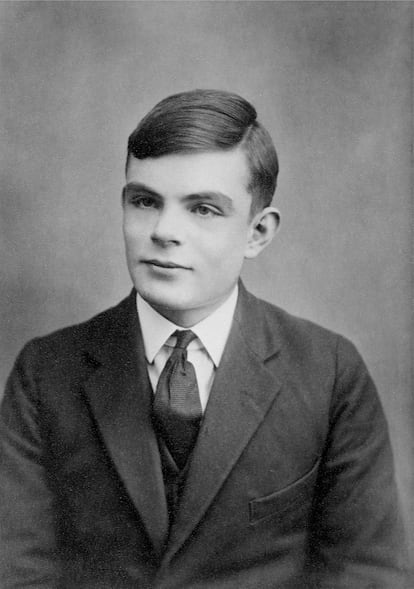
The “overwhelming statistics” cited by Turing alludes to J. B. Rhine’s tests at Duke University during the 1930s. Rhine used Zener cards with five different symbols — a star, circle, cross, wavy lines and a square. The sender looked at a card and tried to transmit it mentally and the receiver had to guess the symbol. Players might get a 20% correct rate by chance, but Rhine claimed that some participants, especially certain individuals, were able to far exceed that rate. However, other researchers were unable to replicate his results, and psychologist Joseph Jastrow pointed out important methodological flaws.
The scientific rigor of Dickens’ team is similar — perhaps a bit lower — to that applied in 1930. Since then, science has developed more reliable methods. Between 1974 and 1982, parapsychologist Charles Honorton conducted 42 Ganzfeld studies, in which the sender observed a randomly selected image or video from another room. Meanwhile, the receiver was in a dimly lit environment, eyes covered by ping-pong balls cut in half and white noise in the background, reducing sensory stimuli and facilitating a state of deep relaxation. At the end, the receiver was shown four images — one real and three distractors — and had to choose the one that had been “sent.” If the hits exceeded levels accepted as chance, it was considered possible evidence of telepathy.
Honorton claimed that the hit rate was as high as 33% — some way above the 25% chance bar. However, psychologist Ray Hyman offered another interpretation. After re-examining the 42 original studies, he concluded that all had major methodological flaws. One of the most common was that, in more than half the experiments, the same researcher who handled the “target” image also interacted with the receiver, leaving open the possibility that olfactory, visual, or even attitudinal signals could be transmitted. The aim was to avoid any unconscious transmission of information, something that contrasts with Dickens’ experiments, where there is usually direct physical contact between parent and child.
Honorton took the criticism on board and, in the 1990s, designed the autoganzfeld, an improved protocol that reduced human contact in key parts of the experiment, especially between the researcher and the receiver, to eliminate nonverbal cues. In 1994, together with psychologist Daryl Bem, he published a meta-analysis of 11 studies (240 sessions) in the journal Psychological Bulletin. The studies reported a 32% hit rate, again some way above the 25% chance bar, and identified factors that seemed to improve results, such as being creative, having previous “psychic” experiences, and practicing meditation. The article was significant not only for its findings, but also because it was deemed worthy of publication in an academic psychology journal.
Yet none of these or subsequent tests have been consistently replicated, reinforcing a skeptical stance towards the issue. The debate remains open. In 2018, psychologist Etzel Cardeña reviewed the experimental evidence on psi — phenomena-parapsychological faculties, including telepathy — and concluded that, although there is no consensual theoretical explanation, “the evidence cumulatively supports the reality of psi” and is “comparable to that of established phenomena in psychology.” The study was published in the journal American Psychologist and provoked an immediate response from skeptics.
Cardeña’s argument becomes relevant when viewed within the context of the so-called “reproducibility crisis” in science. Cardeña points out that the lack of replication of findings on telepathy and other psi phenomena does not necessarily place them on the margins of current scientific research. A survey published in Nature in 2016 revealed that more than 70% of researchers had been unable to replicate third-party studies, and more than 50% had difficulty replicating their own results. This does not prove telepathy as a scientific phenomenon, but it does suggest that the impossibility of replication does not, in itself, demonstrate non-existence.
Sign up for our weekly newsletter to get more English-language news coverage from EL PAÍS USA Edition
Tu suscripción se está usando en otro dispositivo
¿Quieres añadir otro usuario a tu suscripción?
Si continúas leyendo en este dispositivo, no se podrá leer en el otro.
FlechaTu suscripción se está usando en otro dispositivo y solo puedes acceder a EL PAÍS desde un dispositivo a la vez.
Si quieres compartir tu cuenta, cambia tu suscripción a la modalidad Premium, así podrás añadir otro usuario. Cada uno accederá con su propia cuenta de email, lo que os permitirá personalizar vuestra experiencia en EL PAÍS.
¿Tienes una suscripción de empresa? Accede aquí para contratar más cuentas.
En el caso de no saber quién está usando tu cuenta, te recomendamos cambiar tu contraseña aquí.
Si decides continuar compartiendo tu cuenta, este mensaje se mostrará en tu dispositivo y en el de la otra persona que está usando tu cuenta de forma indefinida, afectando a tu experiencia de lectura. Puedes consultar aquí los términos y condiciones de la suscripción digital.
More information
Archived In
Últimas noticias
From Hungary’s Orbán to Chile’s Kast: How Trump helps turbo charge the far right
Magnets in their heads: How some animals guide themselves using the Earth’s magnetic field
From Andorra to Gibraltar, a black market for Ozempic exploits its success: ‘They’re the most sought-after products in the world’
From safe-haven investment to geostrategic weapon: Who owns the most gold and where are the bars kept?
Most viewed
- Why we lost the habit of sleeping in two segments and how that changed our sense of time
- Trump’s obsession with putting his name on everything is unprecedented in the United States
- Charles Dubouloz, mountaineering star, retires at 36 with a farewell tour inspired by Walter Bonatti
- Venezuela faces its most tense Christmas yet
- CBS in crisis after pulling a report on Trump’s deportations to El Salvador (which later leaked online)

